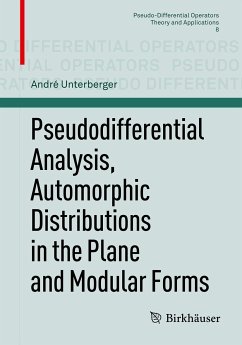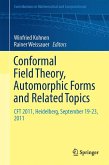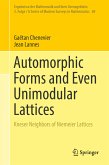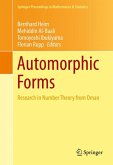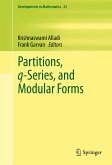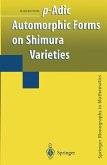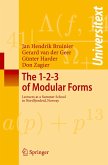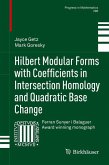Pseudodifferential analysis, introduced in this book in a way adapted to the needs of number theorists, relates automorphic function theory in the hyperbolic half-plane ¿ to automorphic distribution theory in the plane. Spectral-theoretic questions are discussed in one or the other environment: in the latter one, the problem of decomposing automorphic functions in ¿ according to the spectral decomposition of the modular Laplacian gives way to the simpler one of decomposing automorphic distributions in R
2 into homogeneous components. The Poincaré summation process, which consists in building automorphic distributions as series of g-transforms, for g Î SL(2;Z), of some initial function, say in S(R
2), is analyzed in detail. On ¿, a large class of new automorphic functions or measures is built in the same way: one of its features lies in an interpretation, as a spectral density, of the restriction of the zeta function to any line within the critical strip.
The book is addressed to a wide audience of advanced graduate students and researchers working in analytic number theory or pseudo-differential analysis.
Dieser Download kann aus rechtlichen Gründen nur mit Rechnungsadresse in A, B, BG, CY, CZ, D, DK, EW, E, FIN, F, GR, HR, H, IRL, I, LT, L, LR, M, NL, PL, P, R, S, SLO, SK ausgeliefert werden.

